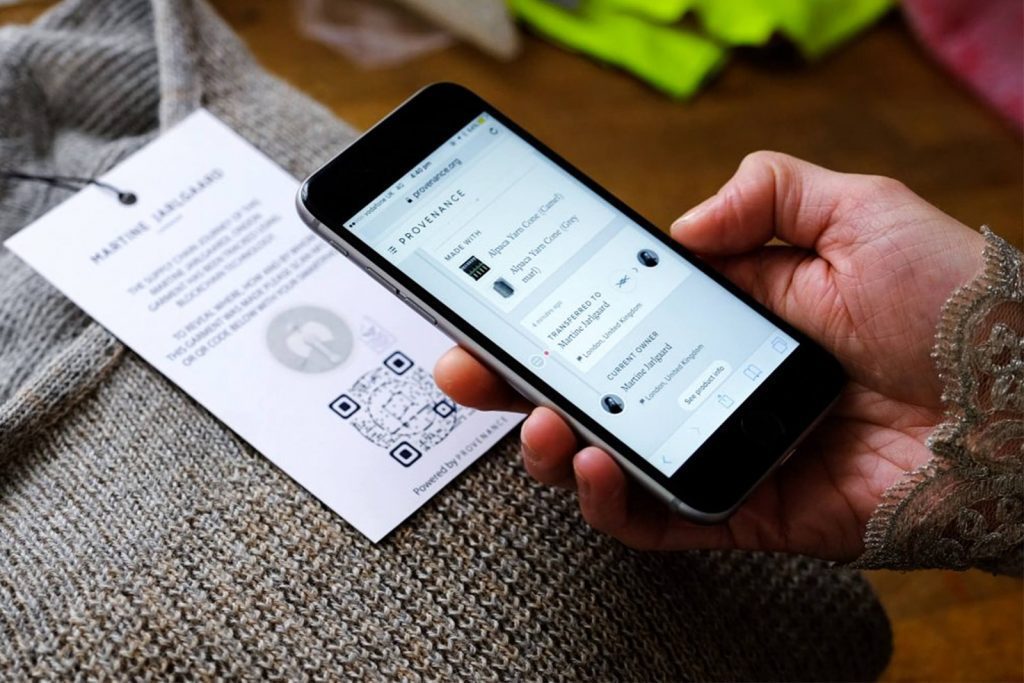The global clothing market is expected to reach USD 2.25 trillion this year. And with digitalisation and e-commerce set to become the leading channel for retail, fashion brands are reworking their business strategy in sync with their customer’s evolved retail preferences. These days people tend to gravitate towards e-commerce sites that make shopping convenient, which in turn has given rise to shopping apps.

A survey conducted by Apptentive concluded that eighty eight per cent of respondents used retail apps and sixty one per cent of those respondents are active on retail apps at least once a month. There is a discernible shift in consumer behaviour. Mobile commerce contributed an estimated $22.7 billion to online spending and twenty one per cent of digital commerce revenue in the United States in 2016. It is estimated that by 2026, this number will double.
“The share of the young generations in the total business is increasing. So there is a very strong and structural rebalancing between people from 40 years old and above and people from 40 years and below. I do really believe they expect very different things than the previous generations in terms of commitment, in terms of sense of purpose. It’s not just about beautiful products that are relevant in the moment. It’s much more than that,” Chief executive of Kering, François-Henri Pinaul tells BoF.
Currently an estimated fifty per cent shoppers return clothes that they purchased online due to sizing issues. Moreover, several customers tend to purchase the same item in multiple sizes, try them on at home and return the ones that do not fit. Each return represents lost revenue to the retailer due to the cost of shipping and warehousing. If the system for processing returns is bothersome, the online store stands to lose customers. This has given rise to retail apps that help resolve this issue. One of the new in-demand apps is MySizeID; the app helps a shopper find the right fit — across brands and size charts — conveniently and privately.
”There are no pictures taken. It is completely private,” explains MySizeID CEO Ronen Luzon. ”You can do it whenever and wherever you are. It’s very easy and it’s very fast.”
How is this possible? The shopping app uses a patented algorithm to take measurements using already existing technology in mobile phones, without accessing the camera. Offering a win-win solution for both shoppers and online retailers, MySizeID lets consumers create a secure online profile of their personal measurements, which can then be used with partnered retailers to ensure that no matter the manufacturer or size chart, the consumer will always get the right fit. And when purchased apparel fits perfectly, consumers will, of course, purchase more and return less.
How digital clothing apps make the industry more sustainable

Digital clothing apps are making fashion more sustainable by offering virtual try-ons, digital wardrobes, and personalized styling—tools that help consumers make more intentional and informed purchasing decisions. By allowing users to visualize how garments will look and fit before buying, these apps significantly reduce return rates, which are a major source of waste and emissions due to reverse logistics and often-destroyed merchandise. In addition, digital wardrobes encourage consumers to better utilize the clothes they already own, reducing overconsumption and promoting mindful styling. This shift from impulsive to considered fashion choices addresses one of the industry’s core sustainability issues: excessive and wasteful buying habits.
Moreover, many digital fashion apps integrate data-driven insights to help users understand the environmental impact of their clothing. Some platforms provide information on a garment’s carbon footprint, material sourcing, and ethical ratings, empowering users to choose more sustainable brands and products. Others, particularly those in the digital-only fashion space, offer clothing for virtual use—such as for social media content—completely eliminating the physical production process. By embracing these technologies, the fashion industry can begin to decouple creativity and self-expression from environmental degradation, offering scalable, tech-driven solutions to one of the world’s most polluting sectors.
Read More:
What is the sandwich method in fashion
What is the fashion capital of the world

Jasmeen Dugal is Associate Editor at FashionABC, contributing her insights on fashion, technology, and sustainability. She brings with herself more than two decades of editorial experience, working for national newspapers and luxury magazines in India.
Jasmeen Dugal has worked with exchange4media as a senior writer contributing articles on the country’s advertising and marketing movements, and then with Condenast India as Net Editor where she helmed Vogue India’s official website in terms of design, layout and daily content. Besides this, she is also an entrepreneur running her own luxury portal, Explosivefashion, which highlights the latest in luxury fashion and hospitality.











